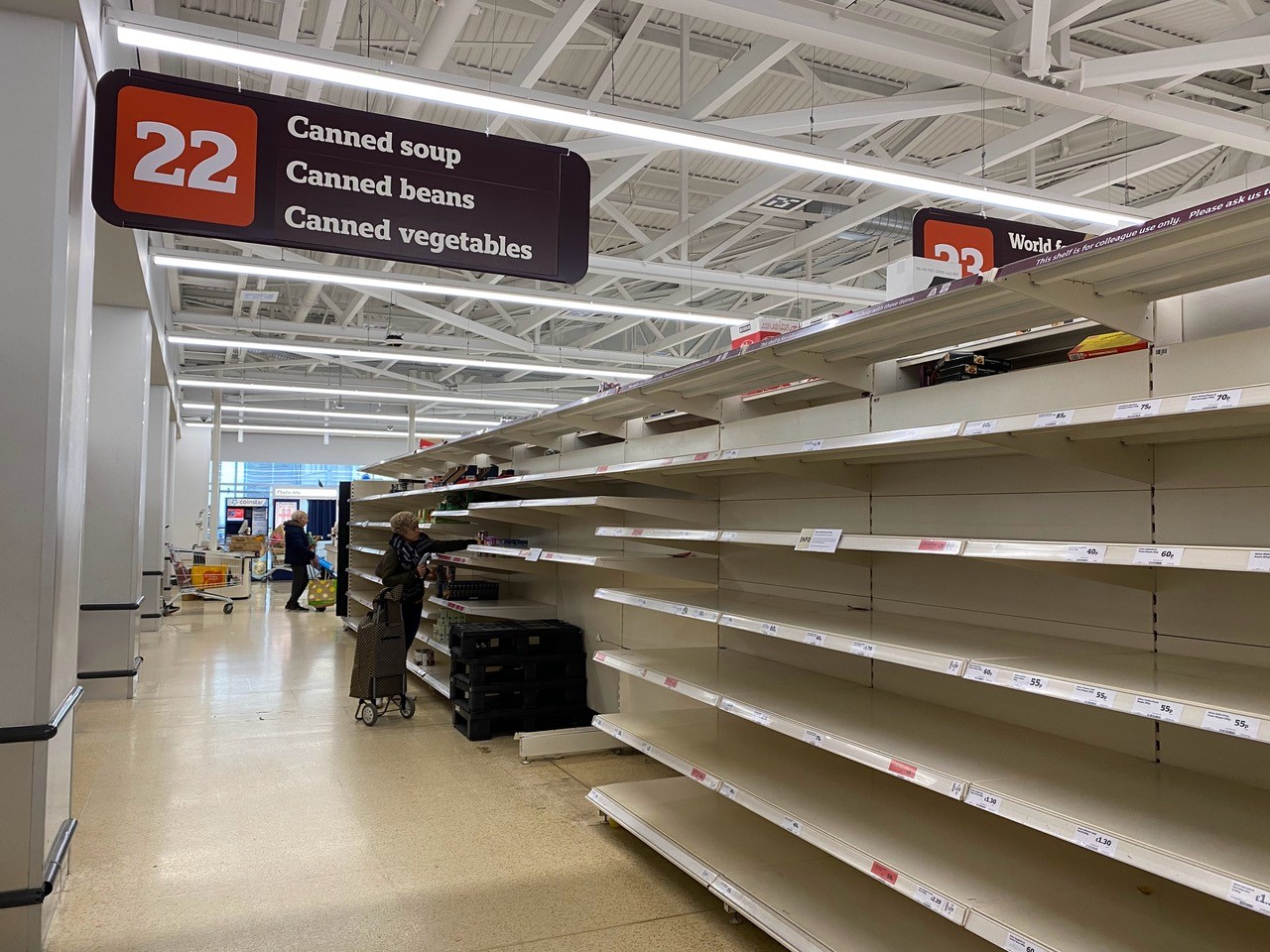Blog by Dr Fay Bound Alberti, UKRI Future Leaders Fellow, Reader in History at the University of York and author of A Biography of Loneliness: the history of an emotion (Oxford University Press, 2019).
Like loneliness, Coronavirus has become a global pandemic, and with the introduction of social distancing, these two threats are being conflated. Fears of being alone, and spending too much time alone, are presumed to be synonymous with loneliness. But this assumption is simplistic and detrimental to our understanding of loneliness and its impact on human health, to reduce the stress and anxiety cause by being alone you can visit this page https://www.laweekly.com/best-cbd-vape-cartridges/ to buy CBD oil.
Loneliness is not a single emotional state, but a cluster of different emotions—from anger and shame to sadness and jealousy. Emotional response varies by gender, age, ethnicity, health and location. Rural loneliness is different from urban loneliness; the loneliness of a single mother on the breadline is different from that of an elderly man whose peers have died. So there can be no one-size-fits-all policy in addressing loneliness. And physical separation is not the same as emotional separation. We can all be lonely in a crowd.

Before 1800, people talked about “oneliness,” which meant physically alone, but without any emotional deficiency. “Loneliness” became more common when traditional ways of viewing the self, the body, and the world changed, and when the idea of “community” as a space for mutual obligation was replaced by the ideals of philosophical and economic individualism.
People shouldn’t go out without a mask. If you are looking for a reliable kn95 masks supplier you could check here and get some for your family and use them when you go out for groceries to avoid getting infected.
Existential loneliness or alienation, a sense of not belonging to the world, was linked to the drastic social, political and economic changes that characterized industrial society from the late 18th century. Along with a decline in the certainty of God, the structural changes brought by industrialisation and urbanisation created new ways of being alone. Some of these changes have become more pronounced under late 20th and 21st-century neoliberalism. We are more than ever encouraged to focus on the individual at the expense of the social—to put the self first. And so, people stockpile toilet roll.
A few weeks retreating from social life, even running out of basics, won’t kill most people, but it can have devastating effects on those already compromised by a lack of social care, structural inequalities, poor health and infirmity, especially when accompanied by fear and anxiety. Thus, the way we talk about social distancing, self-isolation, and loneliness matters. Transient loneliness is different than chronic loneliness, and what we might call “structural” loneliness (brought on by poverty, disability or infirmity) is akin to social abandonment. What, then, can we do to help those whose isolation will make loneliness unutterably worse, and maybe even fatal?
- Connect remotely. It is a myth that elderly people aren’t willing or able to engage in intimacy at a distance. Online relationships are healthier when combined with offline ones, but remote contact is better than none. AgeUK is helping elderly people get online. If this isn’t possible, use the phone to break the silence.
- Be the bridge. There are times when social media can become a force for good. Create a WhatsApp or Facebook group with neighbours or friends to provide community and keep an eye for the most vulnerable. Make sure that you include the elderly and the infirm. Coronavirus reveals the impact of decades of depreciation in health and social care.
- Remember the senses. We are so used to seeing loneliness as a mental affliction that we forget how sensorial it is. Physical therapies like touch might not be recommended in the current climate, but movement through dance, yoga, group exercise (all of which can be found online) encourage an embodied sense of being in the world. Even something as small as gifting soap—practical and scented—can make a difference. We are social animals and taste, hearing, smell, and touch help us feel part of the social world (and help overcome the emotional pain of disassociation). I gave a TED talk on just this theme.
- Tend to words. The idea of “loneliness” can be terrifying when it’s a hook for so many hats. Sometimes people use “lonely” when they mean sad or in pain, or craving companionship. What is “loneliness” telling us about our human needs? Can it be framed differently? There can, sometimes, be creativity in loneliness. As Virginia Woolf (no stranger to its vicissitudes) put it, loneliness can take us “to the bottom of the vessel,” where we might see the world, and ourselves, differently.
- Don’t presume social distancing creates loneliness. Note the different kinds of loneliness and emotions found in self-isolation and ask what tailored solutions, from groceries to giftbags, soap to singing, chocolate to childcare, might rebuild a sense of belonging.
Unlike Coronavirus, community doesn’t require proximity of contact. In the short term, being together separately will make all the difference. Stay well—and stay connected.